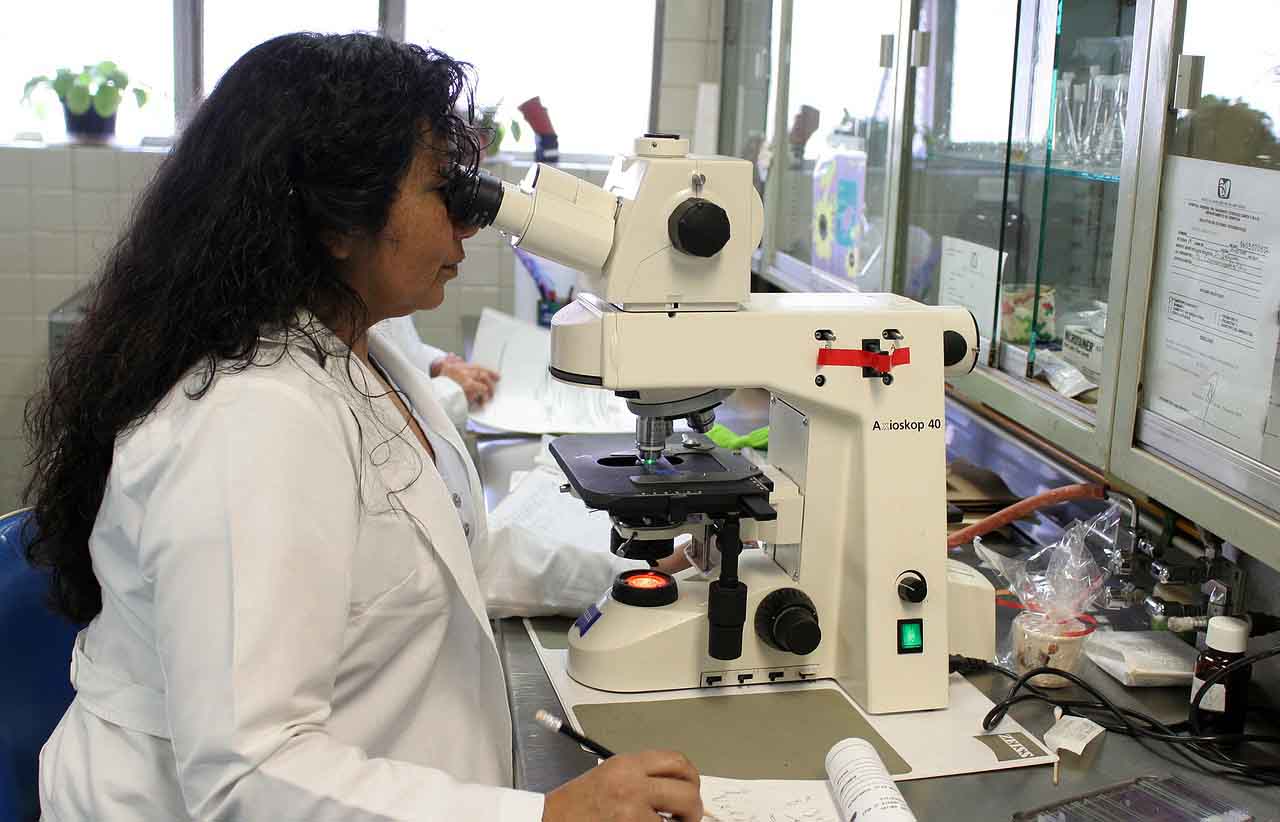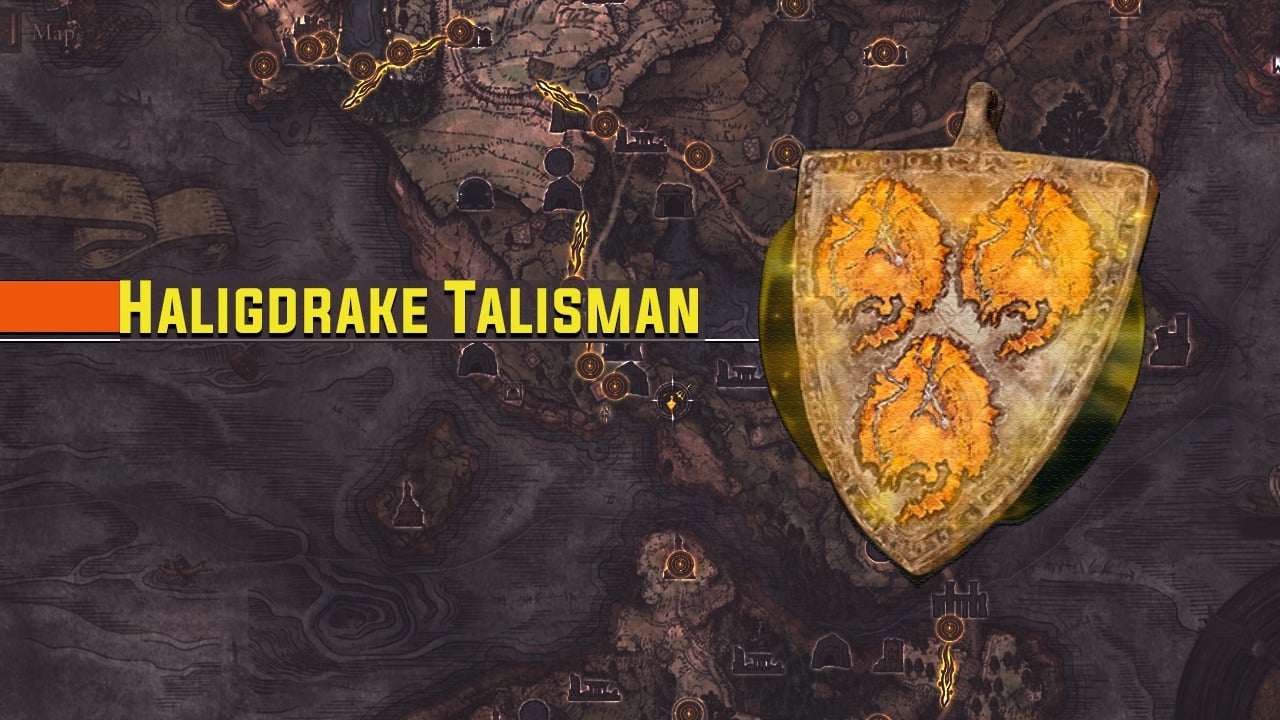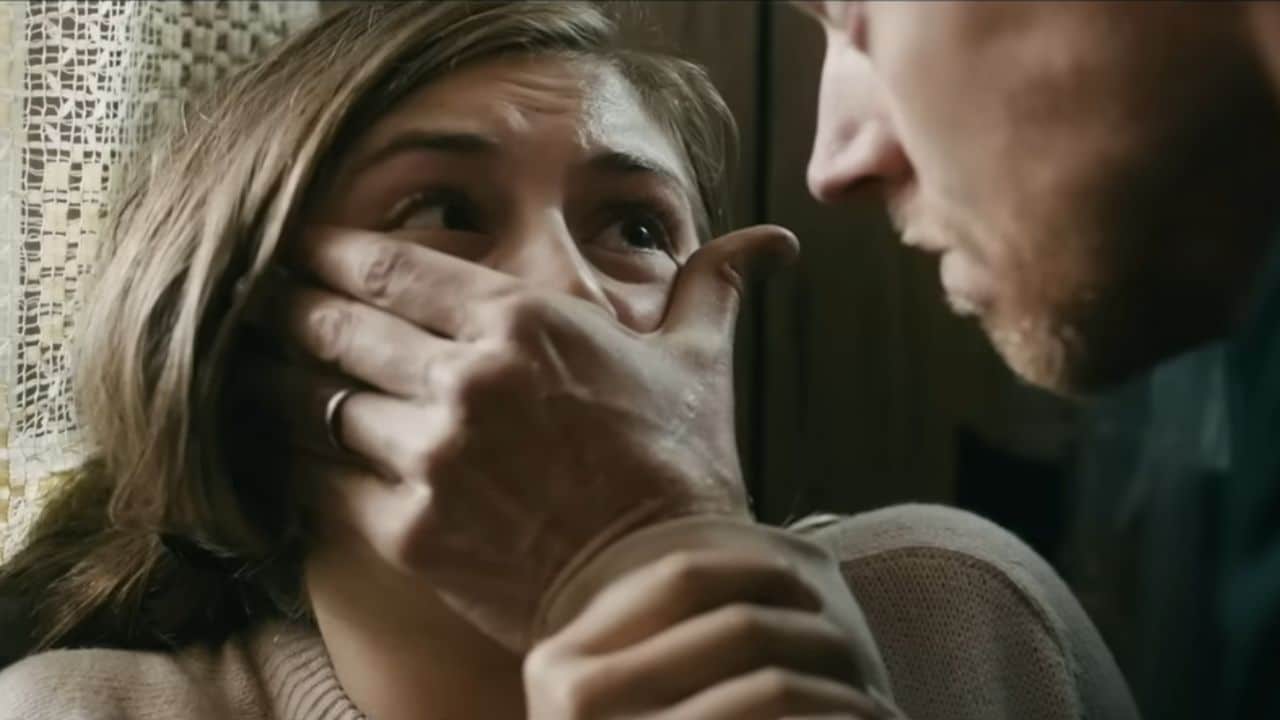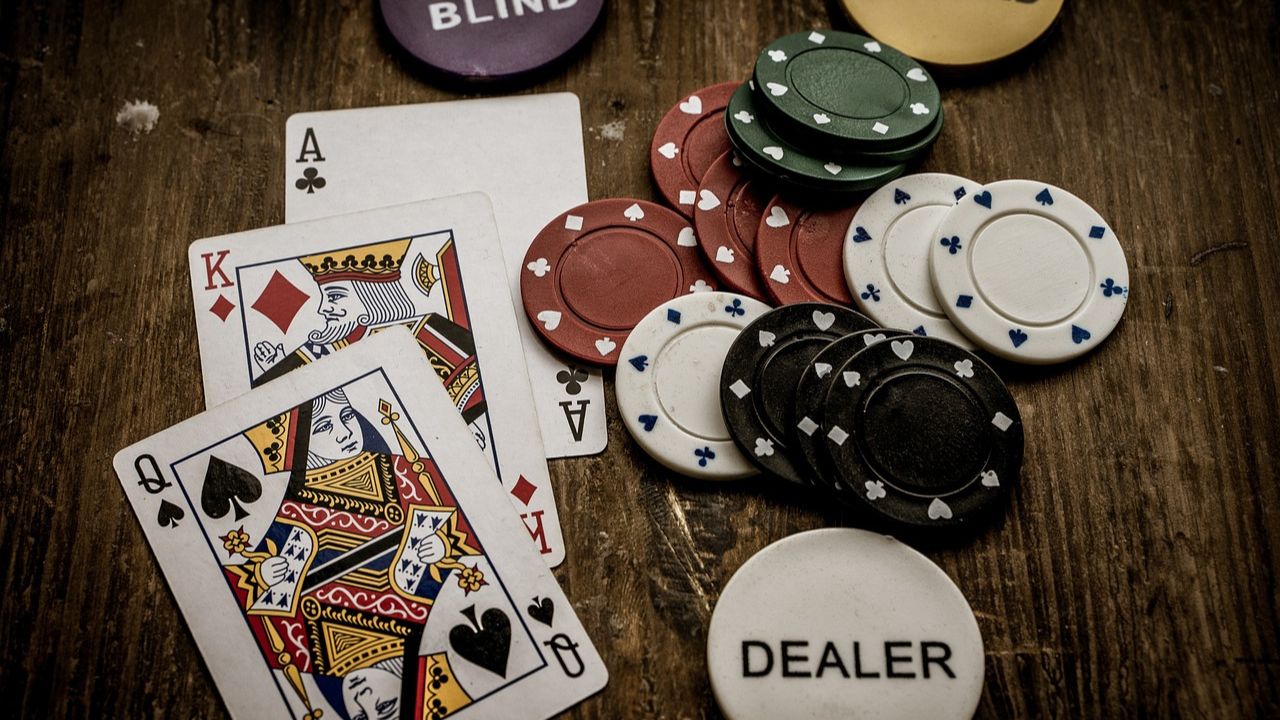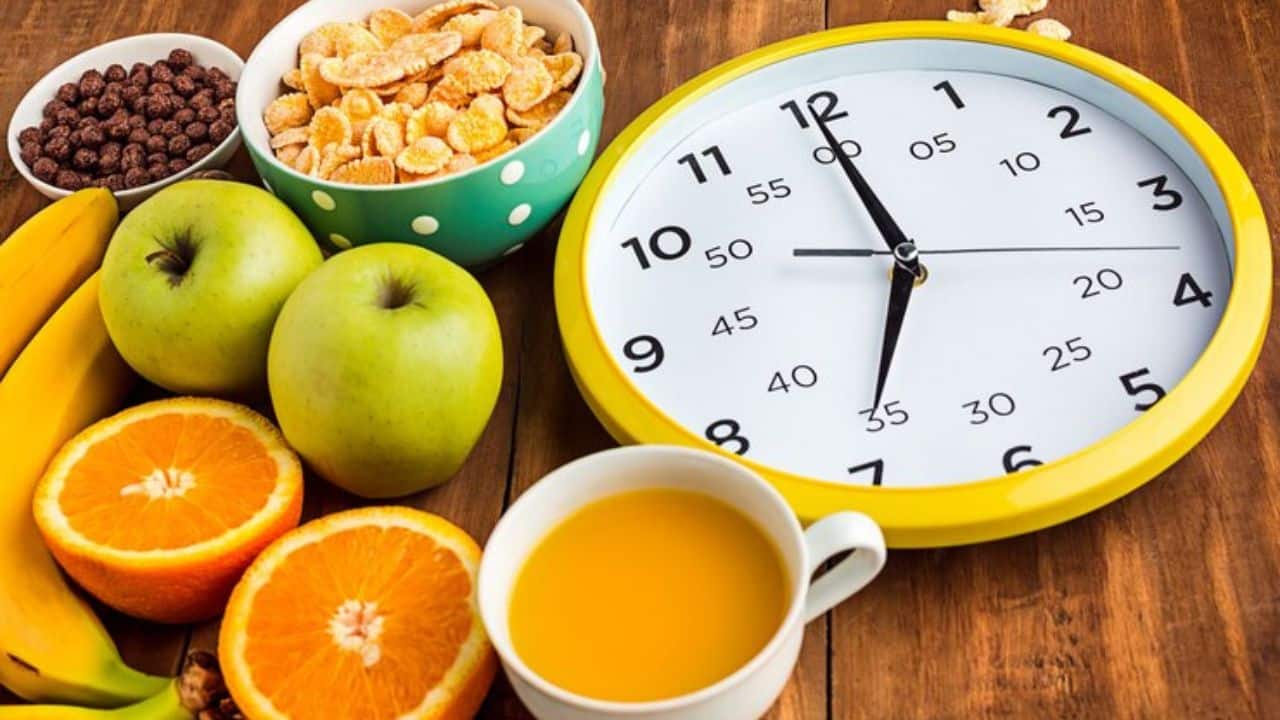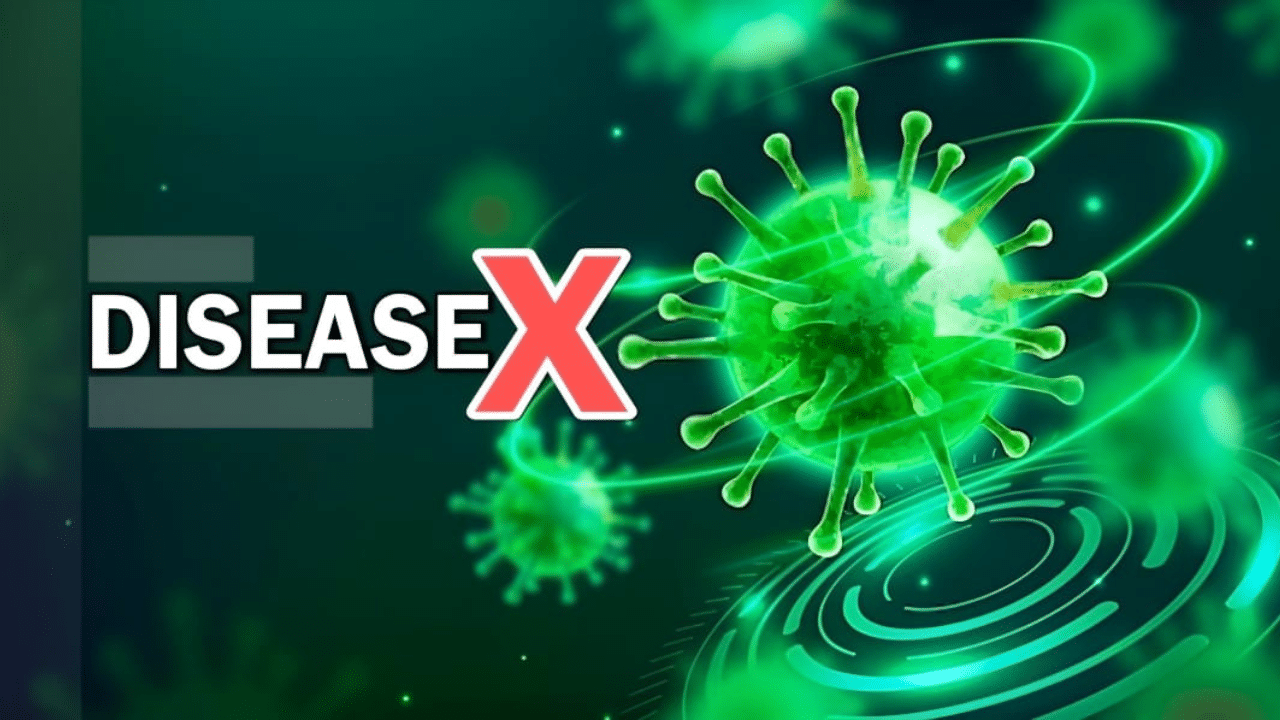High school biology courses are the time to introduce students to scientific method. Unlike middle school life science, where they might watch seeds grow, find out what’s in an owl pellet, or dissect a flower, high school is the time for students to practice critical thinking.
High school biology experiments should require students to form a falsifiable hypothesis, at least follow along a test to confirm or disconfirm it, make careful observations, take written notes, and then analyze data to determine whether their hypothesis was verified or not. It’s also important, of course, for students to be able to take “no” for an answer. They need to base conclusions on observations, not just their presuppositions about the way things work. An Essay Writer is a service that might be of help in this situation.
But that doesn’t mean that high school biology experiments have to be complicated. And it doesn’t mean that high school biology teachers need to spend hours finding supplies, writing lab guides and study questions, or assuring parents and safety committees that their simple, exciting high school biology experiments are safe. Modern Biology, Inc. does all of that for you, and helps you stay within your budget. Here are some examples of great, simple experiments for high school students you can do with Modern Biologics.
Seeing, Feeling, and Manipulating Actual DNA
Have you ever felt that your students might not actually understand the DNA structure? With B1-1: Properties of DNA you can invite your students to extract the visible stands of DNA and manipulate it with glass to fully understand the DNA geometries. This laboratory experiment might seem a little too generic for some high school students. But, it’s a fantastic springboard to kickstart discussions about transcription, replication, and repair of DNA sequences. It’s an opportunity to add kinesthetic learning to descriptive learning for your students who have a particularly hands-on orientation to learning.
Using “Electricity” to Examine DNA
Electrophoresis is a fundamental tool for analyzing DNA, RNA, and proteins. Once students get a good grasp on the principles of electrostatic attraction and repulsion, they can understand how an electrical charge across a gel will make smaller DNA molecules move faster and larger DNA molecules move slower.
With our EXP-101: Length of DNA. your students can test an experimental sample of DNA against six standards to determine whether it’s longer or shorter. Your students will have to dye the DNA to see it, of course, but this gives them the hands-on experience they can use to do EXP-106: Protein-Fingerprinting, EXP 201: Finding out the relative molecular weight of proteins, and EXP-202: Pinning down the sex-specific protein, (We wouldn’t really classify these experiments as “simple,” but they are a good example of what your students will be can do after taking your course.) And it’s a great opportunity for students to see DNA rather than just reading about it.
Integrating Biology and Social Studies by Testing for Sickle Cell Trait
Some of the greatest learning experiences in high school biology don’t really require a lot of laboratory technique. Our experiment on sickle cell anemia EXP-102: Genetics and Sickle Cell Anemia, is a great example. Pupils use electrophoresis for testing variants of the sickle cell gene in real blood samples from the students themselves. It’s an excellent option for students who have had at least one laboratory experience with any of simple electrophoresis experiments.
This experiment is used to teach concepts of genetics, biochemistry, physiology, and finally, evolution. It teaches about the relationships of phenotype and genotype, balanced polymorphisms, and developmental regulation of gene, cooperative-binding, and the polymerization of protein But it also can be used to teach the social context of biological science, so students gain an accurate understanding of allele frequency and distribution, and the importance of understanding this concept for people in the real world. And by helping students explore three genotypes in their own blood, this experiment reinforces the concept that there is no one-fits-all rule in experimental biology, especially in the study of DNA.
Modern Biology Makes Lab Prep Easy and Affordable
Modern Biology curates and produces dozens of experiments to teach your high school biology students the basics of scientific method. Every kit we package involves a real experiment with real test materials and professional-grade reagents. Every experiment package encourages the formulation of a testable hypothesis, and then provides everything your students need (other than some basics every lab should have for every experiment) to test and evaluate their findings. We don’t sell simulations of demonstrations. We do the preparation, so you have more time for doing what you do best, inspiring your students to make science part of their daily lives.
Modern Biology takes the laxity of checking out reagents and tests materials before shipped to you. We provide all the necessary supplies for various experiments that students perform (although having some basic lab equipment available is a prerequisite). You will be given a teacher’s guide and a handout so that you can make copies for your student. All the products we use at Moden Biology are non-toxic and safe to be in a childrens’ lab. Student safety is of paramount importance across all our lab products.
Modern Biology equips you with the right tools to integrate modern scientific methods into what is often a descriptive course. Every single order and inventory process required over 20 hours of inspections and instructions to finish. Moreover, our products costs just enough to fit public school budgets.
Modern Biology products help over 500,000 students every year and that’s why we want to show you why thousands of teachers put their trust in Modern Biology.

